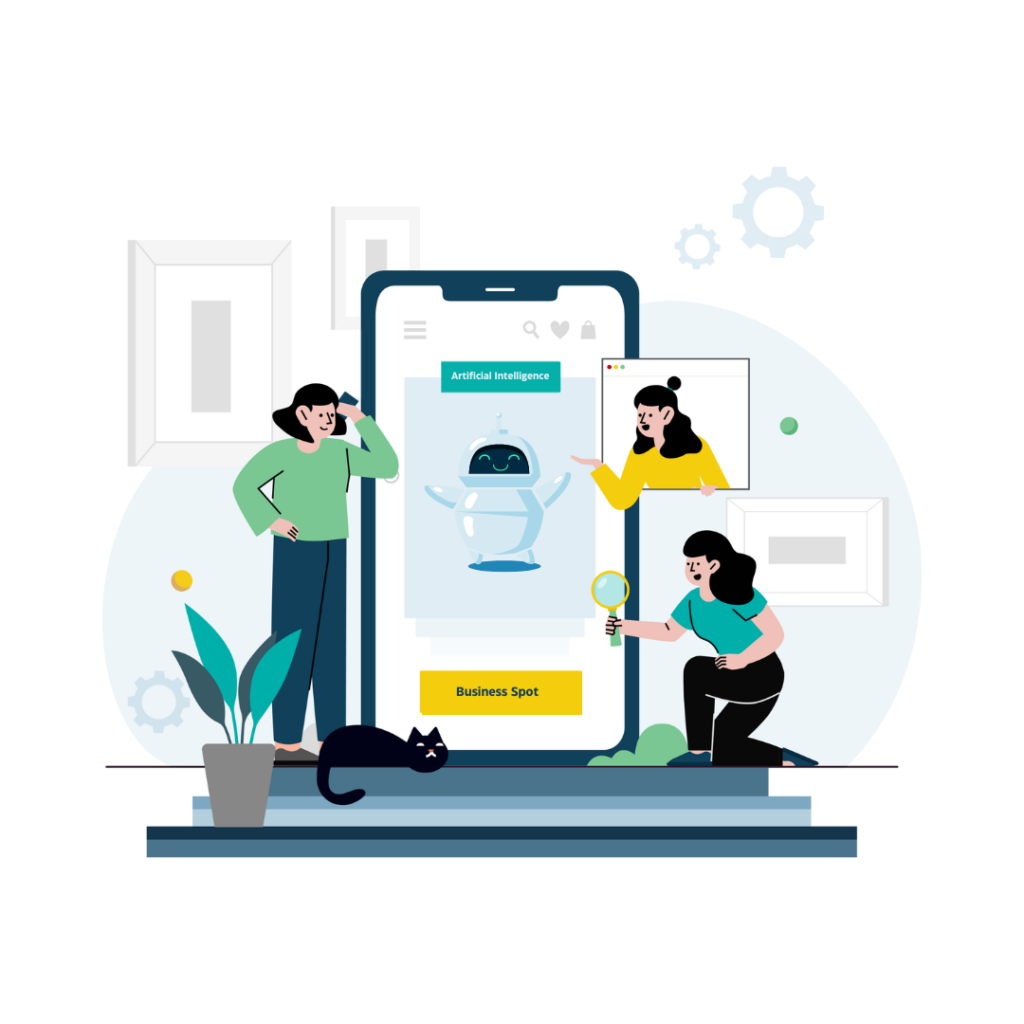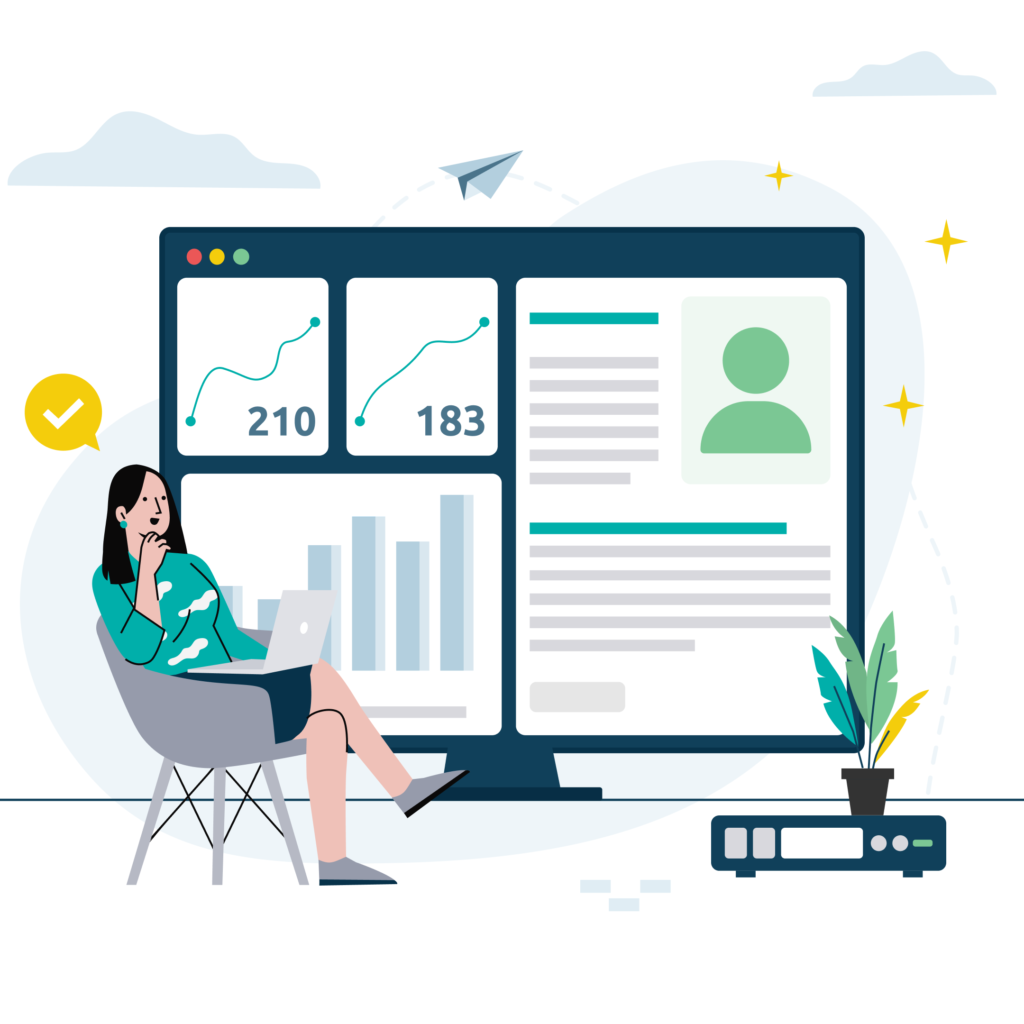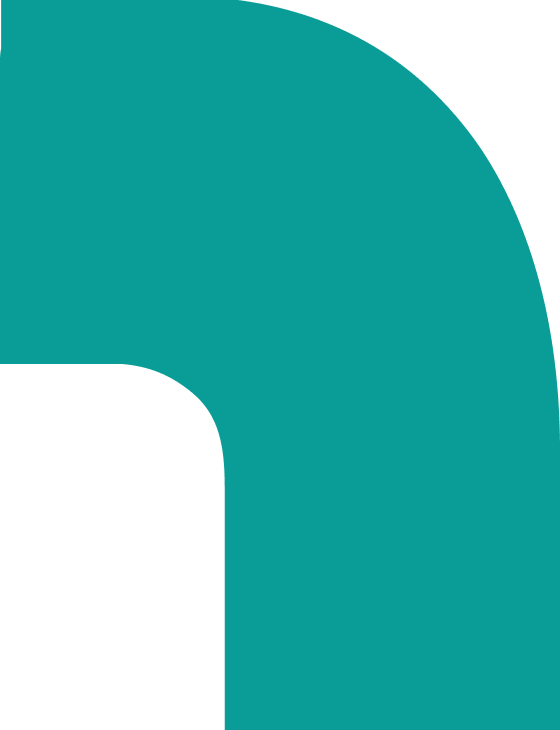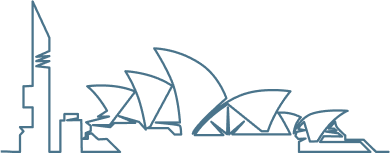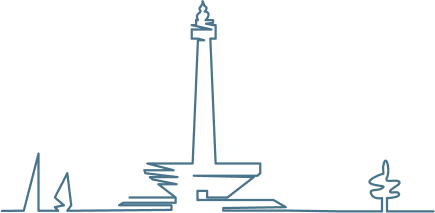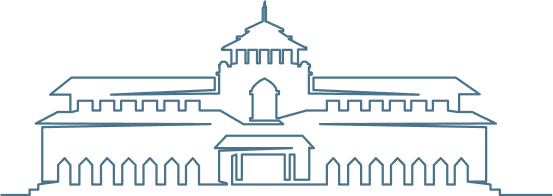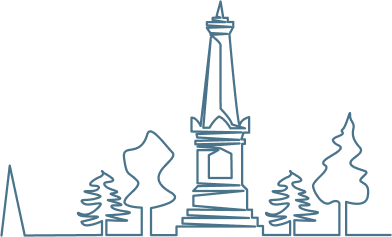All you have is $50,000 in seed funding, a vision for a niche marketplace product, and six months to turn that into something users will pay for. You’re going to keep it simple and aim for the widest availability: web-based with a mobile-first design.
By standard development metrics, where projects need teams of 5-8 people, this combination of budget and timeline looks unworkable.
You need to build and launch a market-ready product with what typically covers just the design phase of a development project. This is a constant in business – you can’t afford and can’t afford to wait for the perfect team and the perfect circumstances.
To achieve this “vision” you’ll need to rethink how you approach product development. The standard process of separate design, development and testing phases won’t work when your runway looks like it is measured in weeks instead of months.
This isn’t about coding or features. It’s about finding what users will pay for and building it fast. You have to make every development hour count towards getting a product that can start making money.
Four Key Development Strategies For Success
Here’s how to build a market-ready product on a tight budget. It comes down to combining four approaches that speed up getting to revenue.
The first approach uses Lean Startup to focus on learning what works and cutting anything that doesn’t move you towards revenue. The second replaces the basic MVP with a Minimum Marketable Product (MMP) – something users will pay for from day one. The third uses a small nearshore team of 1-3 developers who can work through Lean cycles quickly while keeping costs manageable. The fourth uses AI tools for coding, design and testing to multiply what that small team can achieve.
These four elements let you launch a product that makes money while you learn what your market wants.
Maximising Development Efficiency Under Constraints
Here’s how those four components work together to get you to a product users will pay for. The first piece is building a Minimum Marketable Product (MMP) – something simple that delivers value from day one. Think of a subscription management app that just handles payments and user access. No bells, no whistles.
The second and third pieces work hand in hand. You need a small nearshore team of 1-3 developers.. One developer handles the UI/UX and testing while the others work across the full stack. And they use AI coding assistants like Cursor, GitHub Copilot and Windsurf to speed up their work – code completion to write faster, AI-generated tests to catch problems, and specialised UI and UX tools like Uizard to draft initial designs.
The fourth piece, Lean-focused Agile development, ties it all together with two-week development cycles. Build something, see how users respond, adjust based on that response. Then do it again. Each cycle moves you closer to what your market wants.
Budget Planning And Team Structure
Let’s talk about how that $50,000 gets spent across six months. Most of it goes to your development team – they build your product. The cost of a nearshore team depends on where they’re based, their skill level, and how many people you need. It also depends on what you’re building and what technology you’re using to build it.
You need to understand these costs to work out how many developers you can afford and for how long.
Implementation Timeline And Technical Setup
Here’s the basic timeline for turning that $50,000 into something users will pay for.
The first two weeks are about getting the technical foundations right. You can use AI to assist with this. There are different techniques and strategies still being worked on as these tools continue to evolve.
You and your team define what features go into the MMP and map out how users will move through the product. They build the UI designs for the parts of your product that will generate revenue.
As part of that process, they set up the software architecture and get the version control and project management tools running. If you’re using AI tools to speed up development, this is when they get set up and tested. By the end of week 2, you have a technical plan and everything in place to start building features.
Measuring Product Market Fit And Performance
So now your team is heads down building. The goal is to get a product you can launch and users can start interacting with and responding to as quickly as possible.
Once you launch, you need to stop building and start measuring what your users do. Your product will only work if users pay for it, so you need to know what they’re doing and what they think about what you’ve built. This means tracking four metrics that tell you if users find value in your product.
- Daily/Weekly/Monthly Active Users – shows you if users are coming back
- Customer acquisition cost – shows the efficiency of your marketing and sales efforts
- Revenue per user – indicates how effectively you’re monetising your product
- Churn rate – reveals whether you’re delivering enough value to retain users
By tracking these metrics you get a concrete picture of your product’s performance. And naturally you’ve instrumented your app so you know what features are being used and what features aren’t.
This is also the time you reach out to users and get direct feedback on their experience with your app.
Combining these information sources shows you where to focus your development budget on changes that move you towards revenue.
Managing Development Risks
Using a lean approach with a small team keeps costs down but comes with three risks you need to manage.
The first is technical debt. Set up a simple system to log when you take shortcuts to hit deadlines, then schedule time to clean up that code.
The second is budget monitoring. Your $50,000 can disappear fast when developers hit complex problems or need extra time to learn new tools, so check spending weekly.
The third is scope creep. If you’re running solo, then it’s all about being very judicious about implementing any features that users request. If you have stakeholders, once they see the product taking shape and getting a foothold among users, they’ll have features of their own they’ll want to see implemented, and they will be harder to turn down than users.
Keep a list of requested features but stay focused on building what users will actually pay for.
The nearshore team benefits
Using a small, nearshore team supported by AI dev tools lets you build a product faster and cheaper than traditional development approaches. You get access to a bigger talent pool while keeping costs under control and you can adjust your team size as needed.
The model works because you’re working with established providers with experienced developers. As more and more businesses move towards core teams augmented with team extensions, the developers at the extended team providers are the ones building up experience across multiple projects and technologies.
Making It Happen With What You’ve Got
Building a market-ready product with limited resources isn’t about having the perfect tech stack or a big team – it’s about ruthlessly focusing on what generates revenue. By combining Lean principles, a revenue-focused MMP and a small nearshore team supported by AI development tools, you can turn $50,000 and six months into a product users will pay for. This approach trades the comfort of large teams and long timelines for the reality of getting to market quickly with something that can sustain itself through revenue.
If you’re sitting on a product idea but don’t have the typical development budget, don’t let that stop you. Start by defining your MMP – what’s the simplest thing users will pay for? Talk to a few potential users. Confirm they’re willing to pay.
Then come and have a chat with us. Our passion is helping businesses punch above their weight in software product development. We’re always happy to talk about the strategies and costs of building software, so get in touch.





